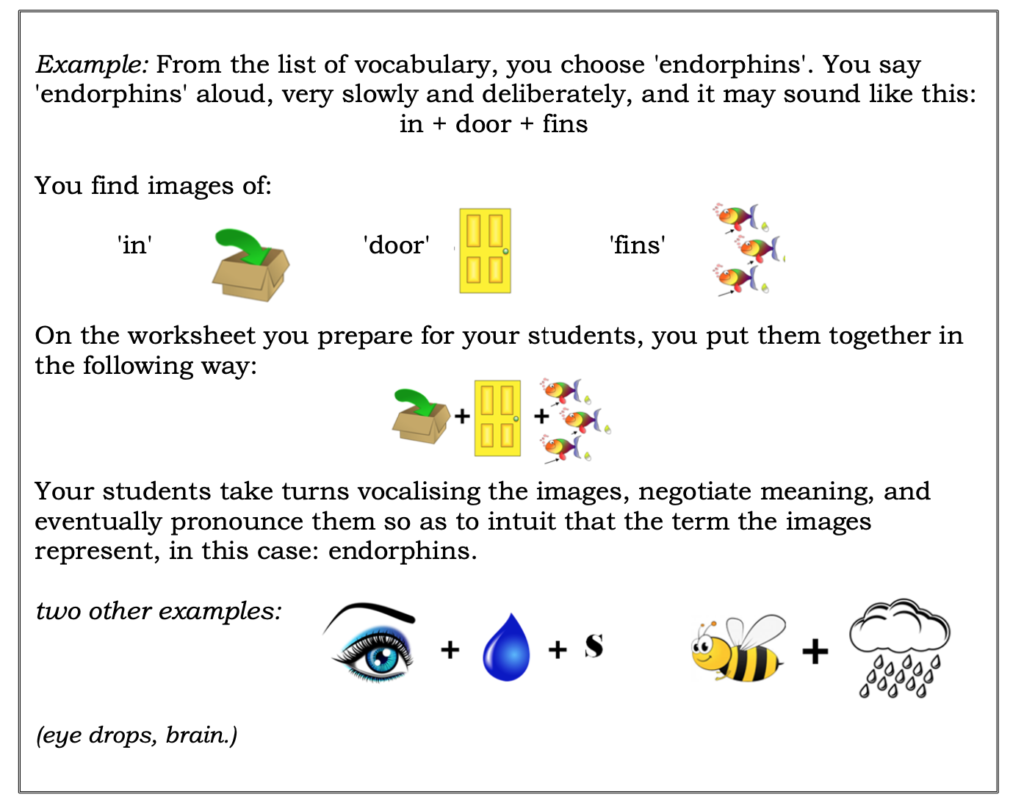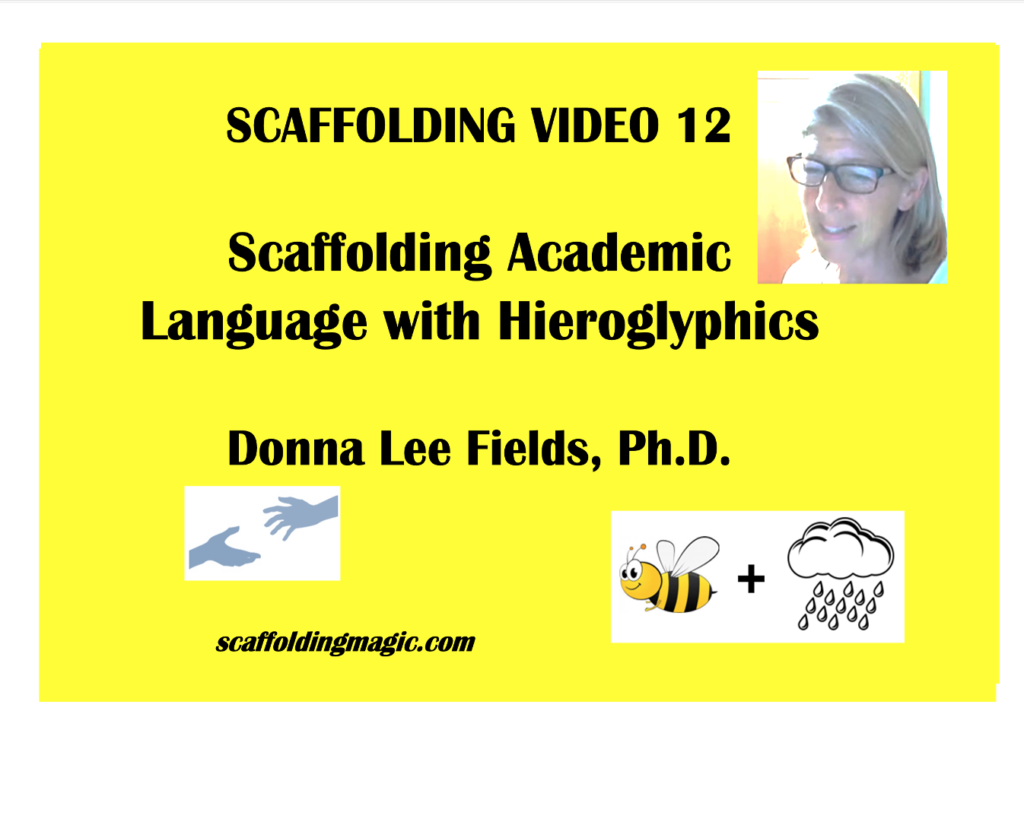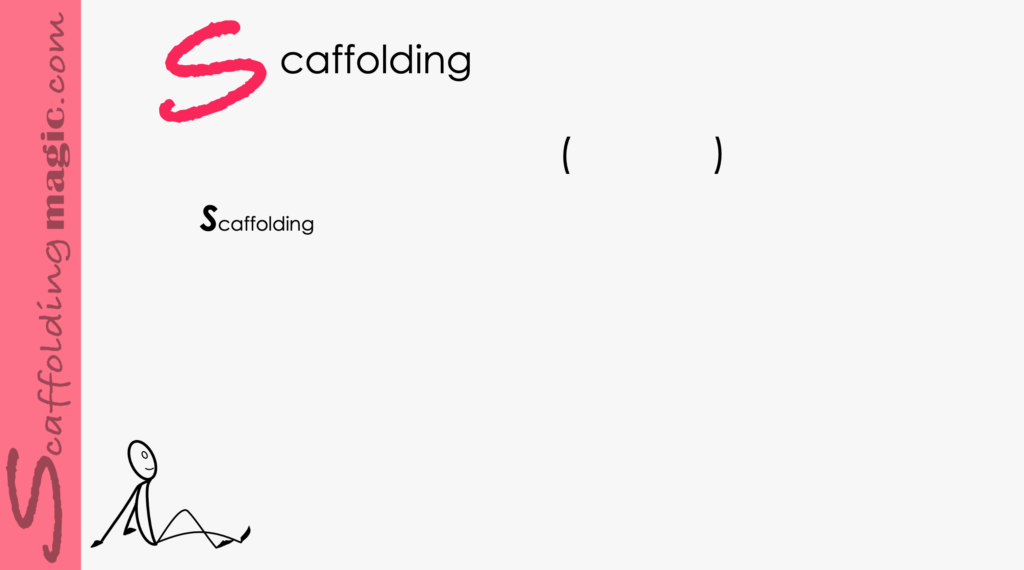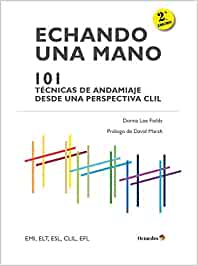You caught a beauty!!!
Download PDF of scaffold here.

(Did you decipher the hieroglyph above? Watch video explanation of activity to confirm it!)
Download PDF of scaffold here.
theory behind the scaffold…
This scaffold is one of many of these techniques. With it, we use an adaption of the ancient Egyptian hieroglyphics – visual clues – to promote critical thinking. Using images is a powerful learning tool for all students (studies show that using an image with text doubles learning); however, visual learners, who are often overlooked in favour of the more usual linguistic learners, will be most enthusiastic about this opportunity to demonstrate their strengths.
To successfully decipher the combination of images and textual puzzles, students need to tap into inferential and deductive reasoning. They examine images and decode how they are linked phonetically. When spoken aloud, students will realise that they are decoding the academic language that will appear in their next unit of study.
As in all scaffolding activities, don’t get caught in the loop of believing that activity steals lesson time. This activity saves you an enormous amount of time in the end, because students are pre-learning essential information so that the rest of the lesson or unit will flow more naturally. At the same time, you’ll have brought a bit of lightness to the classwork, and you’ll see your students continue with more energy and enthusiasm.
- *Willingham, Daniel T. (Summer, 2007). ‘Critical Thinking: Why is it so hard to teach?’. American Educator.
step by step…
Note: Instead of targeting one specific unit, this scaffold encompasses the academic language of a set of units. In other words, the scaffold highlights the vocabulary and terms that appear in various units of – in this case – the study of natural sciences. To deepen learning, it’s also essential to put the words in context, so there are two parts to this scaffold.
Part I
- Choose 10-15 academic terms from an overview of the academic language found in the next few units of your students’ resource.
Example of academic language from a Natural Science book that spans a school year:
- brain
- cortex
- endorphin
- eye drops
- nauseous
- hypothesis
- carbohydrates
- control
- ecology
- meteorology
- phenomenon
- experimentation
- organism
- observation
- thermodynamics
- To prepare the activity, say each of the terms aloud, slowly, and write out the sounds and syllables you hear yourself saying. (Download this mp4 to give you an idea on how to do this.)
- As you hear yourself vocalise the sounds, think of images that match parts of these vocalisations. Connect images with a plus (+) or minus (-) sign, and, when needed, any letters that are necessary to complete the term. (See example below.)

- Once you’ve finished creating hieroglyphics for each of the academic terms, print them on separate mini-cards, and make a set for each pair of students. (Download this PPT with examples of hieroglyphs from many different subjects.)
- Important: As this may be the first time students see these terms, at some point in the activity (towards the end) we need make visible the of academic terms we’ve coded into hieroglyphs. They’ll need this to connect their vocalisations of the images to a concrete term they’ll see in their reading
- Students work in pairs (or groups of three) to decipher the hieroglyphs.
- Groups who finish early use the academic language they have just deciphered to make sentences. (Example: My father uses eye drops when his eyes are dry.).
Part II
- On a separate worksheet that you’ll have prepared, students now work in different pairs to choose the appropriate definition of the academic terms that they’ve just deciphered. You’ll give them a clue that refers to the images in the hieroglyphs, so they are more likely to match the definitions to the appropriate academic terms. To encourage them to process the definition, they justify their choices by elucidating the connection of the image to the term, and then paraphrase the definition. (See examples below.)
example…

- Reflection: Students write the answers to the following questions from the Question Continuum. (Remember, some questions reflect content and others reflect methodology thus augmenting self-efficacy.)

- Did you decipher all the hieroglyphs?
- Which hieroglyphs were the most challenging?
- Who do you know who likes to decipher codes?
- When do you feel nauseous?
- Where is the cortex?
- What are carbohydrates?
- How did you decipher the hieroglyphs?
- Why is it important to be familiar with academic language?
- What if you could name a part of the grey matter in your brain? What would you name it and why?
video explanation…

find more scaffolds here…


Scaffoldingmagic.com is your entryway into DYNAMIC bilingual learning methodologies, such as Phenomenon-Based Learning, CLIL, EMI, and ESL. You’ll find ways to implement critical thinking tools (DOK) to promote higher level thinking, the growth mindset, instill an ethic of excellence, deep reflection on learning, and all through multi-cultural, interdisciplinary activities. We have the keys to turning competences into action and to creating collective efficacy in your school so you move ahead as a unified, enthusiastic team.





